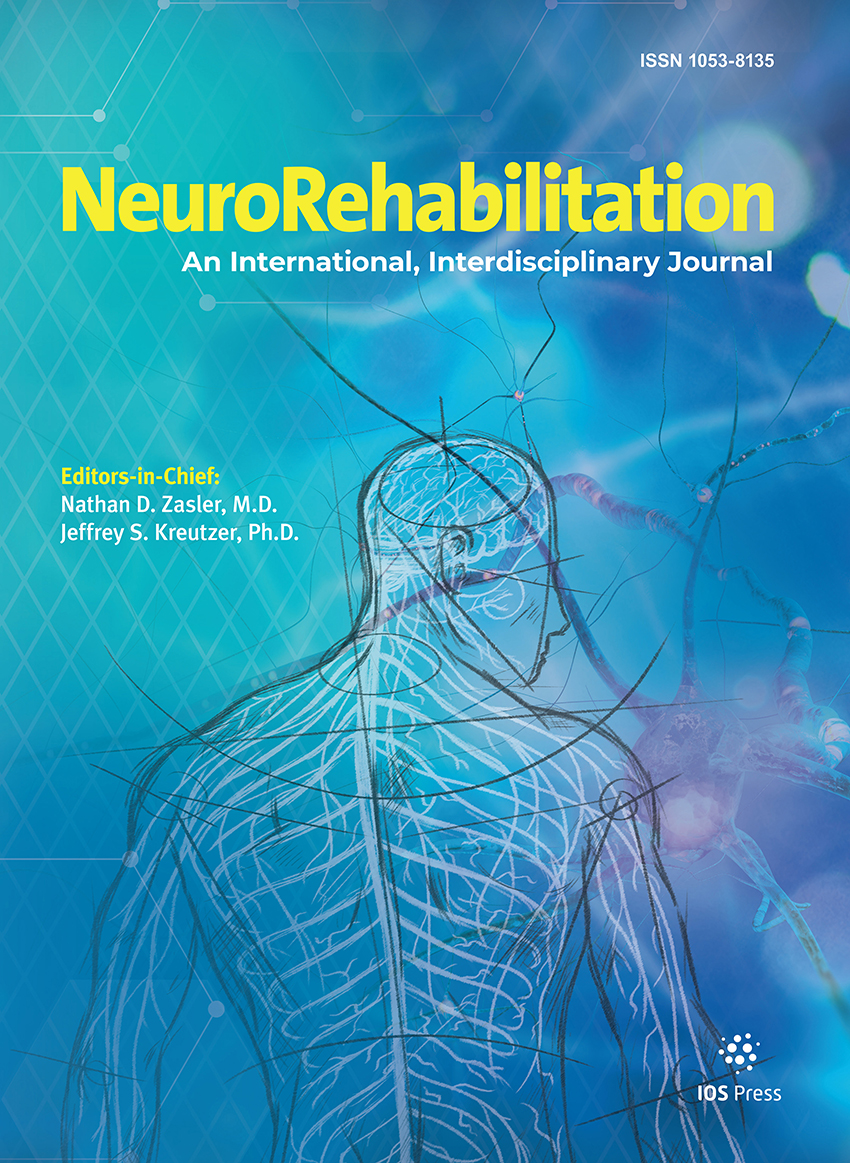Authors: Hooper, Stephen R. | Alexander, Joshua | Moore, Daniel | Sasser, Howell C. | Laurent, Sherry | King, Jennifer | Bartel, Sheri | Callahan, Beth
Article Type:
Research Article
Abstract:
This study describes the common symptoms in children and adolescents following a traumatic brain injury (TBI) as reported by their primary caregivers. Utilizing data from a large-scale state demonstration project, 681 children who had sustained a TBI were ascertained from both Hospital Emergency Departments (n = 409) and Pediatric Inpatient settings (n = 272). The sample ranged in age from infancy to 18 years, was largely male (59.7%), and had equal numbers of Caucasian and minority patients. Most of the participants experienced a mild TBI (83%), with about 5.1% being moderate and 12% severe. Caregivers described
…the presence of current symptoms (neurological, neurocognitive, behavioral, school problems) using a series of dichotomous questions regarding their child via a structured telephone interview at 1, 4, and 10 months post-injury. Inpatient children were described as manifesting more symptoms at each of the follow-up time points than their ED counterparts. At 1 month inpatients were described as having more symptoms across all 4 domains. At 4 and 10 months, the inpatients were described as having more neurocognitive symptoms and as not returning to school on a full-time basis, with behavior problems approaching significance at the 10-month point. A large number of individuals from both groups also reported persistent symptoms 10 months post-injury including headaches, attention and memory problems, low frustration tolerance, sleep problems, personality changes, and new school problems. Practical implications of these findings for the ongoing management of these children are discussed.
Show more
Keywords: pediatric traumatic brain injury, TBI symptoms, symptom complaints, TBI follow-up
DOI: 10.3233/NRE-2004-19302
Citation: NeuroRehabilitation,
vol. 19, no. 3, pp. 175-189, 2004
Price: EUR 27.50





